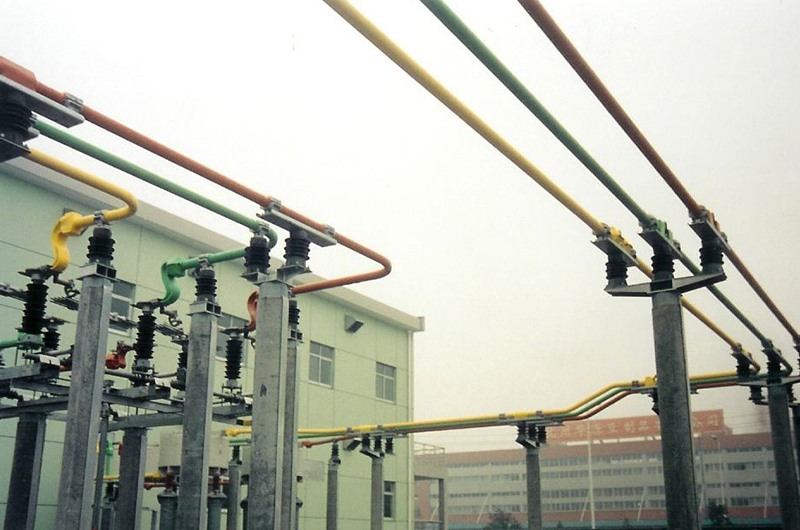In order to meet the growth of the demand for electric energy in my country’s economic development, the development of a strong UHV grid with long-distance and large-capacity transmission has become a clear direction for the development of my country’s power industry, which will promote the efficient development and utilization of energy in my country and promote the sustainable development of the economy and society. It is of great significance. In December 2008, the Changzhi-Nanyang-Jingmen 1 000 kV UHV AC test demonstration project independently developed, designed and constructed by my country was completed, and comprehensive commissioning began to conduct strict assessment of the performance of UHV systems and equipment. In August 2010, the UHV AC demonstration project successfully passed the acceptance check.

Aluminum seamless bus pipe
Aluminum seamless bus pipe are widely used in high-voltage power stations due to their good current-carrying performance and reliable mechanical connection characteristics. In UHV AC power stations, the problem of the shielding method at the end of the Aluminum seamless bus pipe is becoming more and more prominent. The design of the power station is of great significance. Aiming at the corona problem at the end of the high-voltage shunt reactor side of the duralumin Aluminum seamless bus pipe during the live trial operation of the 1 000 kV UHV AC Changzhi station, the finite element method was used to establish a three-dimensional simulation model, and the end of the Aluminum seamless bus pipe was simulated and calculated Based on the potential and electric field distributions, the cause of corona discharge was found, and on this basis, the effects and feasibility of several shielding methods were studied, and a hemispherical cover plate structure with a diameter of 250 mm was proposed at the end of the aluminum seamless bus pipe. This is a reasonable shielding method combined with the installation of a pressure equalizing ring with a diameter of 300 mm above the aluminum seamless bus pipe.
This shielding method significantly improves the electric field distribution at the end of the aluminum seamless bus pipe, and reduces the maximum field strength near the end of the high-voltage reactor side of the aluminum seamless bus pipe to 1 390 V/mm, which is 44.4% lower than the maximum field strength of the original structure. The requirement of local control of the field strength effectively suppresses the corona discharge at the end of the aluminum seamless bus pipe. The research method has been successfully applied to the UHV AC Changzhi station, and has reference significance for the design of similar structure power equipment.